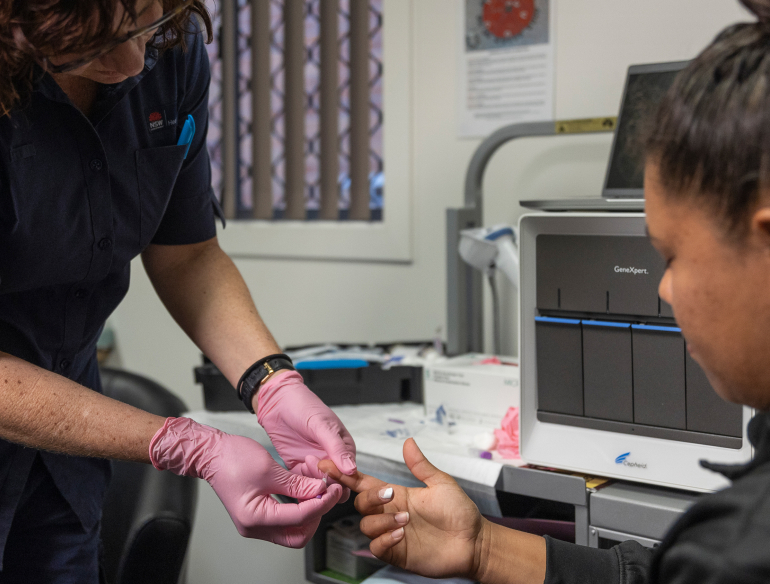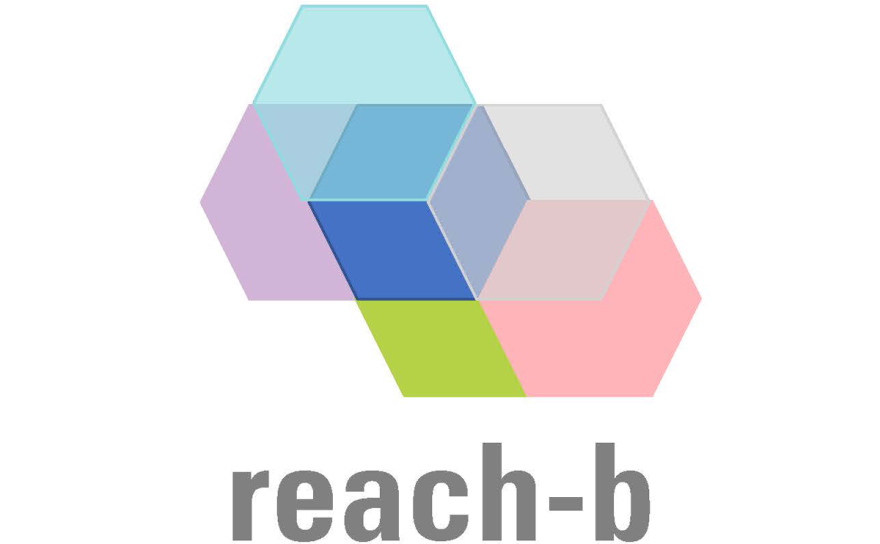It is estimated that Australia has approximately 240,000 people living with hepatitis B (HBV) most of whom are either born overseas or are Aboriginal or Torres Strait Islanders. In this HBV population about 70% have been diagnosed but less than 10% are receiving treatment. The exact numbers are unknown as there is no national database in Australia for tracking hepatitis B information. There is a crucial need for real world data characterising the population living with hepatitis B to help validate model estimates and identify the areas and populations where targeted interventions are required to improve the care cascade.
REal World Assessment of people living with Chronic Hepatitis B in Australia will monitor hepatitis B linkage to care, assess the rate of liver disease progression, and create a collaborative network of sites to be involved in clinical trials when new HBV treatments are available.
Given the high number of Aboriginal and Torres Strait Islanders who are living with hepatitis B in Australia, it is proposed to select some clinics which have a proportion of patients of Aboriginal and Torres Strait Islander background and/or are located in geographical areas which have a high burden of hepatitis B infection e.g., Northern Territory, Far North Queensland.
It is estimated that data will be collected on approximately 10,000 people living with hepatitis B across many Australian health services and clinics. The data collected will be basic demographic, health and hepatitis information from the patient’s medical record and submitted to the central database. This information will be collected every 6 to 12 months for 3 to 5 years (depending on ongoing funding). As an observational study, patients are not required to do anything to be included and all the data collected will be anonymous and is already collected by the clinics as part of routine care.
Researchers hope that the data collected for this study will be used to improve the health of Australians living with hepatitis B. It is hoped that the benefit to the wider Australian population of having this data on 10,000 people is that it will be used by doctors, health services and by the state and federal governments to improve the diagnosis, care and treatment of people living with hepatitis B and ultimately reduce death from hepatitis B.
Australian Government Department of Health; Australasian Society for HIV, Viral Hepatitis and Sexual Health Medicine (ASHM); Cepheid; CHARM Study, Menzies School of Health Research; Hep B PAST Study, Menzies School of Health Research; Kirby Institute Aboriginal Reference Group; UNSW Aboriginal Community Reference Panel; St Vincent’s Hospital, NSW; Westmead Hospital, NSW; University of Sydney Faculty of Medicine, NSW; NSW Health; Northern Territory Indigenous Reference Group; Royal Darwin Hospital, NT; Top End Medical Centre, NT; NT Health (NT Top End HREC); Central Australia Human Research Ethics (CAHREC); Cairns and Hinterland Hospital and Health Service, Far North QLD; Torres and Cape Hospital and Health Service, Far North QLD; Sunshine Coast Hospital and Health Service, QLD; QLD Health; Central Adelaide Local Health Network (CALHN); SA Health; Cohealth General Practice Medical Centres, VIC; Utopia Refugee Health, VIC; Royal Melbourne Hospital, VIC; Doherty Institute, VIC; VIC Health; WA Health (WACHS); Justice Health & Forensic Mental Health Network (JHFMHN).
Originally funded as a pilot study from Kirby Surveillance funds. In 2022, the project was successfully awarded Department of Health funding for 4 years.



